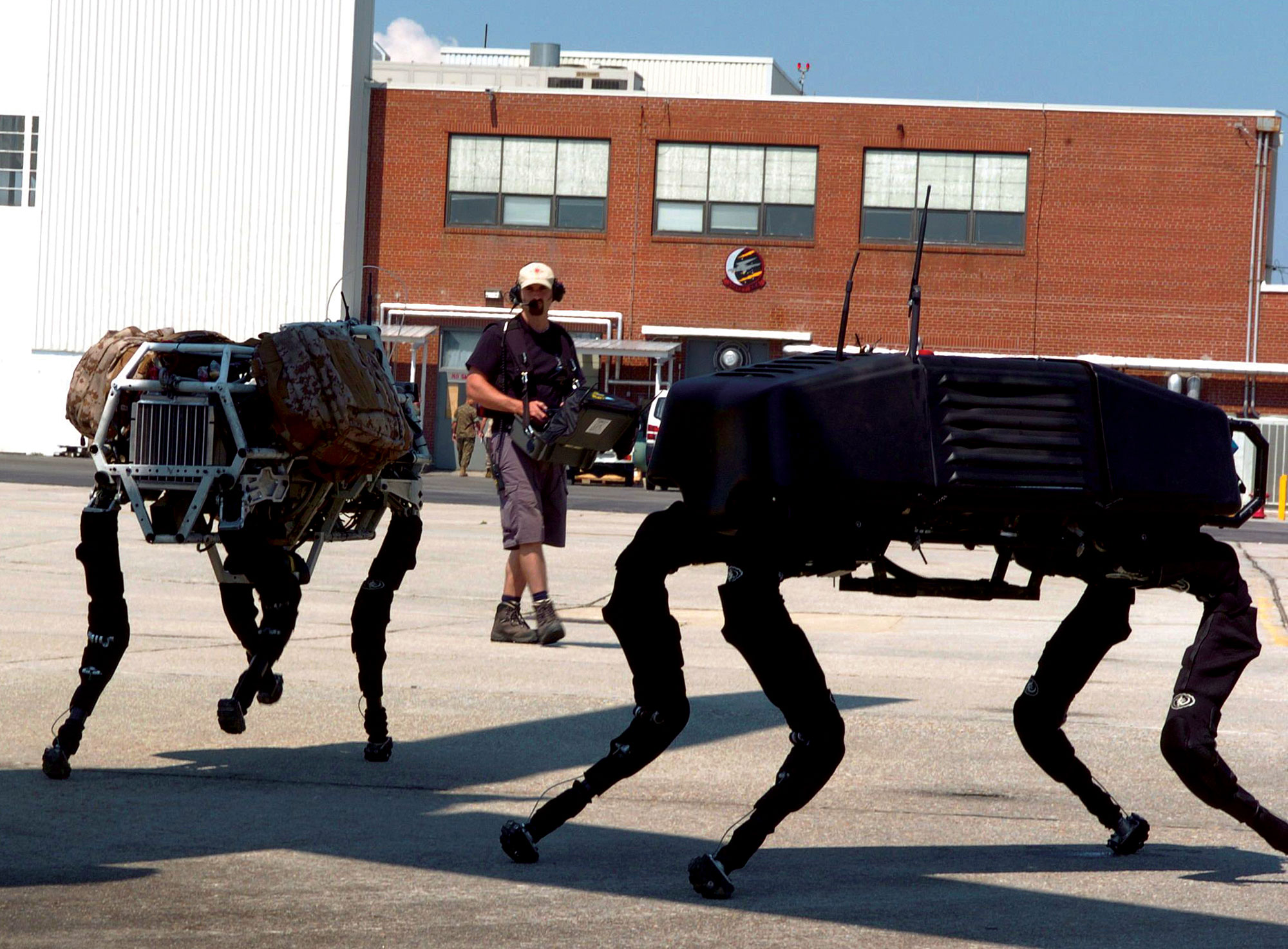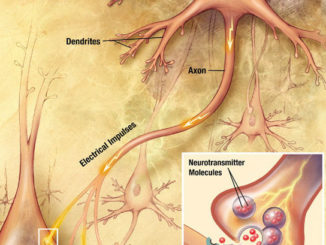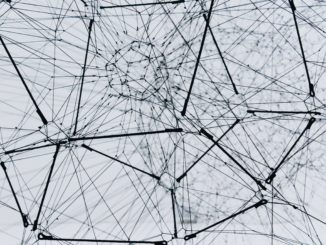
Search Results for human range

Blog

AI Timelines

Featured Articles

AI Timelines

Accuracy of AI Predictions

Accuracy of AI Predictions

AI Timelines

AI Timelines

AI Timelines

AI Timelines